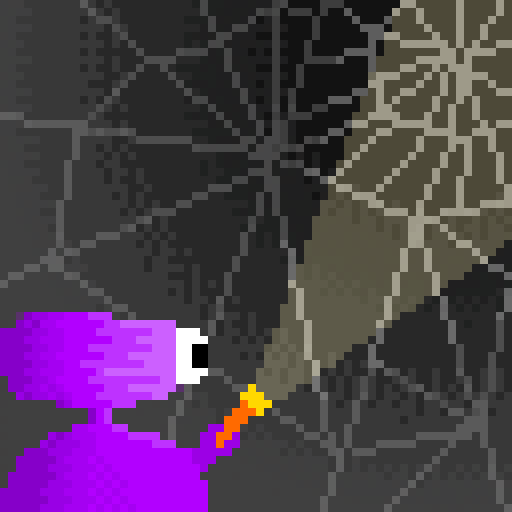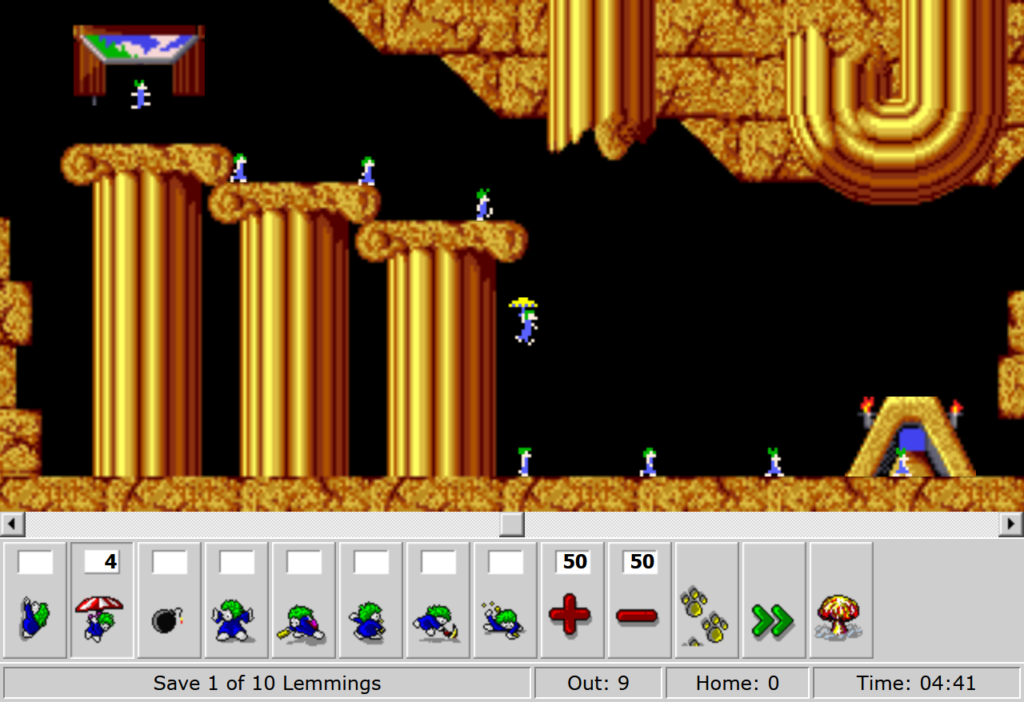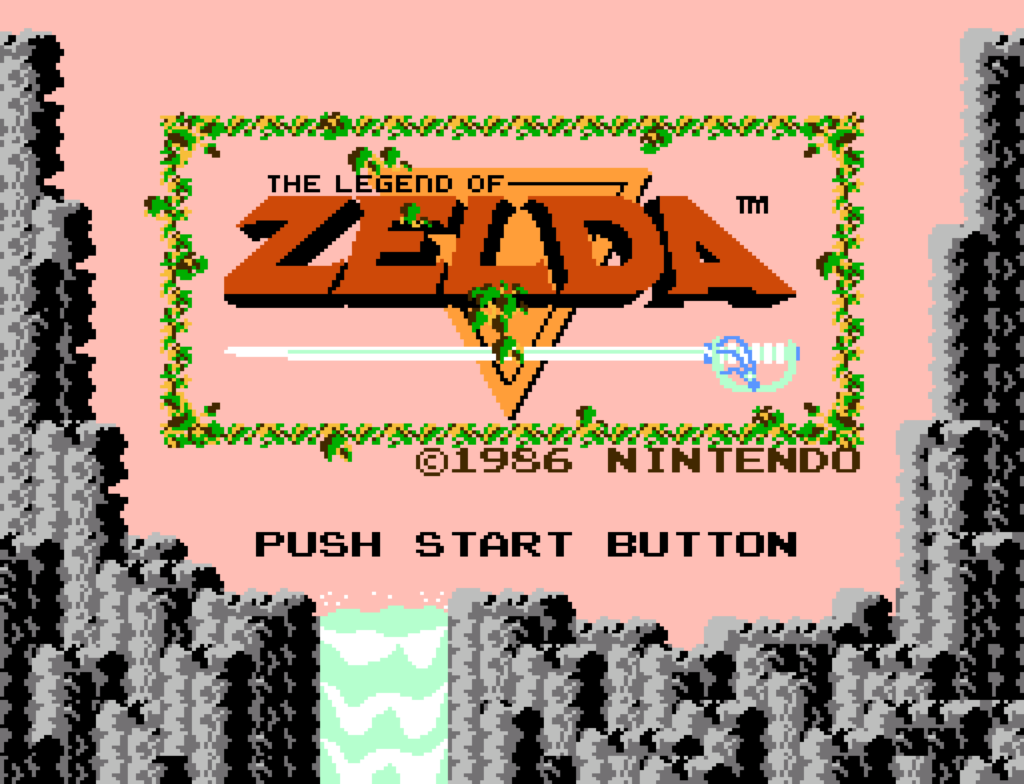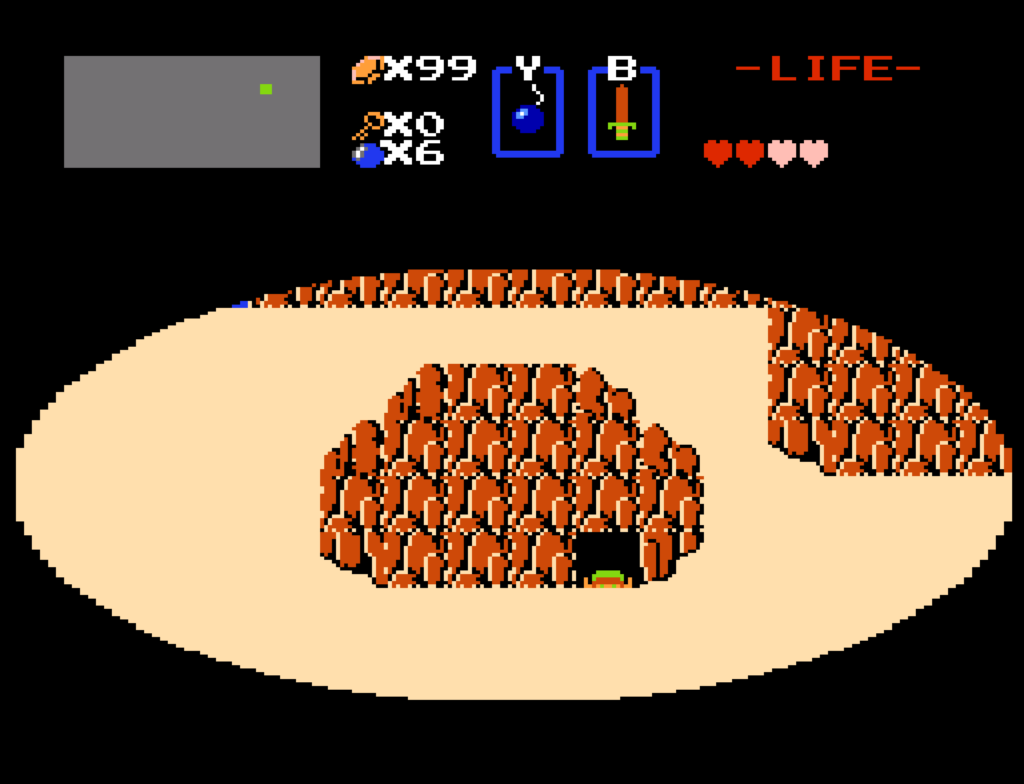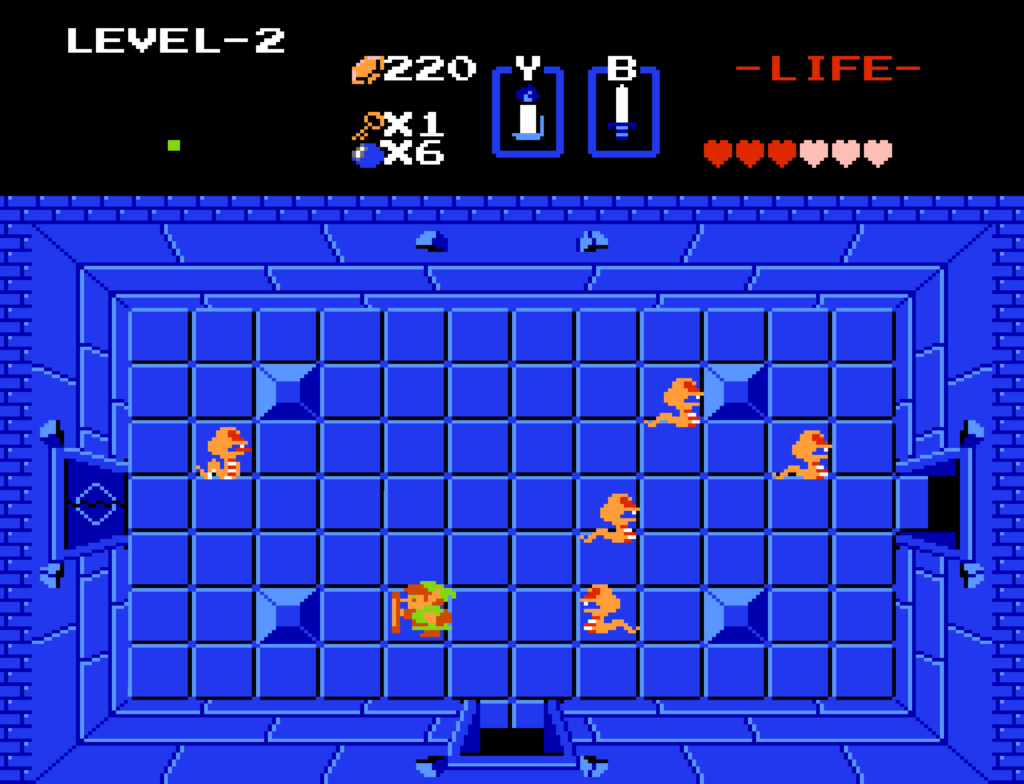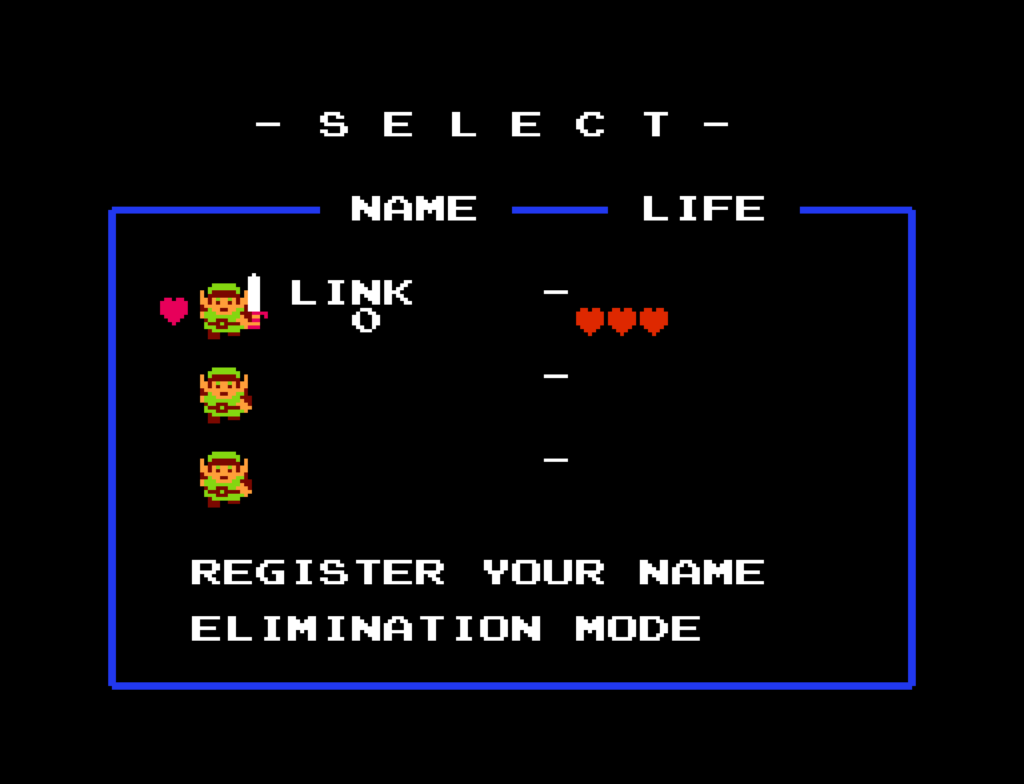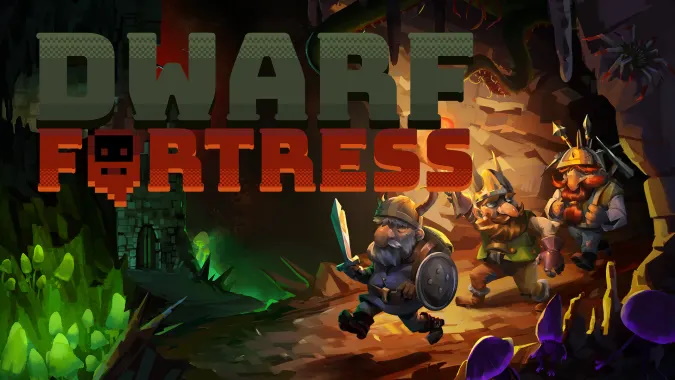The Amiga line of computers from classic Commodore are rightly revered, but they did have their limits. Infamously, the people at id Software claimed that, despite all its custom chips, Wolf3D and Doom weren’t possible on it, and it’s true that in the time since no one has managed to make games like those on stock Amiga without some pretty major drawbacks. It’s been said that the lack of those foundational first-person shooters were really what caused PCs to be seen as gaming machines. From there, the fact that you could use one machine for both work and play arguably paved the way for the Windows hegemony of the current day.
But let’s not forget that Amigas were quite capable in other ways, and a recent technical feat has demonstrated this: the creation, by someone called reassembler, of a nearly arcade-perfect of Sega’s arcade hit Outrun (itch.io). Outrun was amazing to see in action at the time, and it’s still pretty awesome to watch today. It used Sega’s “Super Scaler” hardware to push up to 128 huge sprites per frame. The Amiga, by contrast, only has eight hardware sprites, and they’re not that different from those on Commodore’s 8-bit computers really. Where the Amiga excelled was using its blitter, a way to rapidly modify memory using custom circuitry, to simulate sprites.
Here’s a release trailer showing off reassembler’s port (one minute long):
Compare that buttery-smooth gameplay to the jerky framerate in this video of Probe Software’s official port from 1987 (13½ minutes):
Let’s not be too harsh on Probe’s port, as it was written for earlier Amigas. The new port requires the AGA graphics set and a 68030 processor, meaning the earliest machine that could run it was the Amiga 4000.
reassembler has made a video explaining the optimizations he made to get the game running so smoothly. (16½ minuites) I eat this kind of thing up. Here’s hoping it’ll be a filling meal for you too!

